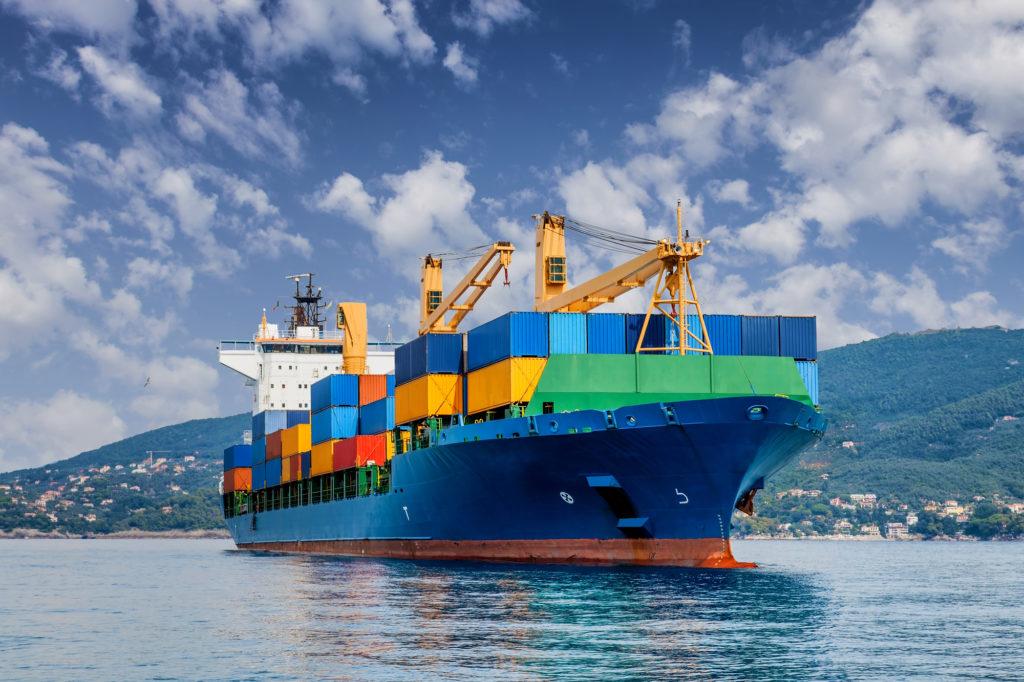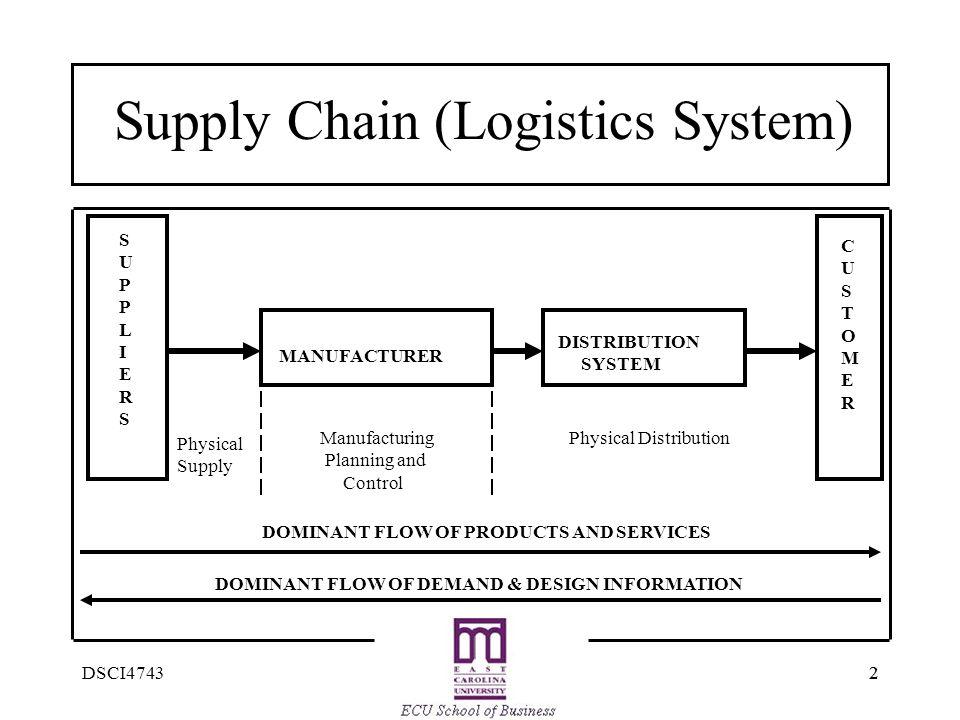Within the complex world of global trade and commerce, physical supply logistics play a crucial role in ensuring the smooth flow of goods from their point of origin to their final destination. Transport and shipping are the backbone of this intricate network, connecting manufacturers, suppliers, and consumers across vast distances. In this article, we will delve into the fascinating world of physical supply logistics, exploring the challenges, innovations, and opportunities that shape the movement of goods around the world. Join us on a journey through the highways, railways, and waterways that keep the wheels of commerce turning.
Key Considerations in Physical Supply Logistics
Efficient transport: When it comes to physical supply logistics, one of the key considerations is ensuring efficient transport of goods. This includes choosing the right mode of transportation, whether it be by land, sea, or air, based on factors such as cost, distance, and urgency of delivery.
Optimal shipping routes: Another important aspect to consider is selecting optimal shipping routes to minimize transportation costs and maximize delivery speed. By analyzing factors such as distance, traffic patterns, and potential obstacles, companies can ensure smooth sailing for their physical supply logistics operations.

Optimizing Transport Routes for Efficiency
In order to streamline physical supply logistics and optimize transport routes for efficiency, it is crucial to consider various factors that can impact the overall transportation process. One key aspect to consider is the geographical layout of the supply chain network. By mapping out the most efficient routes between suppliers, warehouses, and distribution centers, companies can minimize transportation costs and reduce delivery times.
Another important factor to take into account when optimizing transport routes is the mode of transportation used. Whether it be by truck, rail, sea, or air, businesses must carefully evaluate the advantages and disadvantages of each option based on factors such as cost, speed, and environmental impact. By leveraging technological advancements, such as GPS tracking systems and route optimization software, companies can further enhance their transport efficiency and ensure timely deliveries to customers.

Navigating Challenges in Shipping Logistics
When it comes to physical supply logistics, efficient transport and shipping play a crucial role in navigating challenges in the industry. Timely delivery and cost-effective solutions are key factors in ensuring smooth operations and customer satisfaction. Utilizing advanced technologies such as GPS tracking systems and real-time monitoring can help companies optimize routes, minimize delays, and improve overall efficiency.
Collaboration with reliable transportation partners and shipping carriers is essential in maintaining a seamless supply chain process. Effective communication and clear expectations between all parties involved are paramount in addressing any issues that may arise during the shipping process. By fostering strong relationships with suppliers, distributors, and logistics providers, companies can overcome challenges and achieve success in the competitive shipping industry.

Strategies for Improving Supply Chain Management
When it comes to optimizing physical supply logistics, one key strategy is to streamline transportation processes. This involves carefully planning routes, utilizing efficient modes of transportation, and maintaining clear communication with carriers. By minimizing transit times and reducing transportation costs, companies can improve overall supply chain efficiency.
Another effective strategy for enhancing supply chain management is to implement advanced shipping technologies. From automated tracking systems to real-time inventory monitoring, leveraging technology can help companies gain better visibility into their supply chains. This enables faster decision-making, reduces the risk of delays, and ultimately enhances customer satisfaction. By embracing innovation in logistics, businesses can stay ahead of the competition and ensure smooth operations.
To Conclude
In conclusion, physical supply logistics, transport, and shipping play a crucial role in ensuring the smooth flow of goods from one point to another. Whether by land, sea, or air, the intricate network of supply chains keeps the global economy moving. It is important to recognize the efforts of logistics professionals who work tirelessly behind the scenes to make sure that products reach their destination on time and in pristine condition. Next time you receive a package in the mail, take a moment to appreciate the journey it has taken to get to your doorstep. Thank you for reading and stay tuned for more insights into the world of physical supply logistics.
